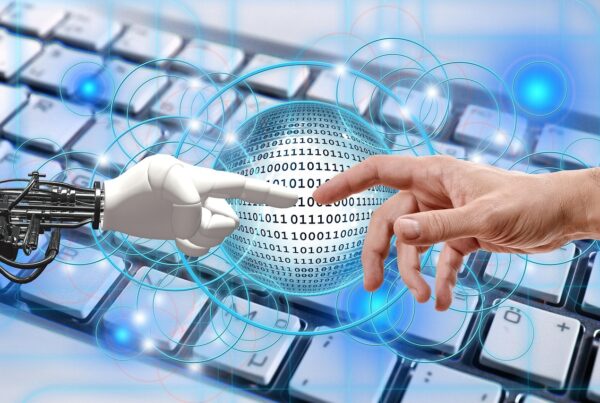#AI@Work: AIED Investigates Learning
Our educational system will need to perform at a higher level than in the past. AIEd investigates learning wherever it occurs. Learning happens in classrooms, workplaces, and really anywhere. This requires knowledge about the world. Data and algorithms are represented in AIEd models. These models include pedagogy, domains, and learners. Adaptive tutors (AT) are an example of combining all three models. They are adaptive and learn by continuous analysis. They use learner interactions, provide feedback and improve pedagogy. They use domains to provide efficient personal and context-based support.
AIEd has the power to address social, emotional and meta-cognitive aspects of learning.
Intelligent Tutoring Systems (ITS) simulate one-on-one human tutoring. Some even put the learner in control. Newer tutors use larger data sets. They are based on neural networks and on decision-making. This can limit and channel the information provided to the learner. This approach is challenged for a host of reasons. IAT (Intelligent Adaptive Tutors) models are far more flexible. They use learners’ cognitive states, dialogue, semantics and natural language. IAT uses meta-cognition, scaffolding and social and emotional norms. These models measure the strengths of subconscious associations. They use mental images in memory.
Business need is expanding the use of AI. AI is changing workplace learning. Linked directly to the Internet of Things (IoT), AI is triggered by observations and transactions. Collaborative systems are on the horizon. They are approaching quickly. Workplace economics and technology are converging. This will spark huge changes in the field of learning and development. Research suggests that nearly 45% of the activities performed in the workplace can be automated (Baggio & Omana, 2019)
#AI@Work, #WFH, #Virtual Touchpoints, #ThePajamaEffect, #The Visual Connection, #BobbeGB, #BobbeBaggio, #Touchpoints, #Remote Workplace, #WorkFromHome, #PJEffect, #LinkedInNewsLive





